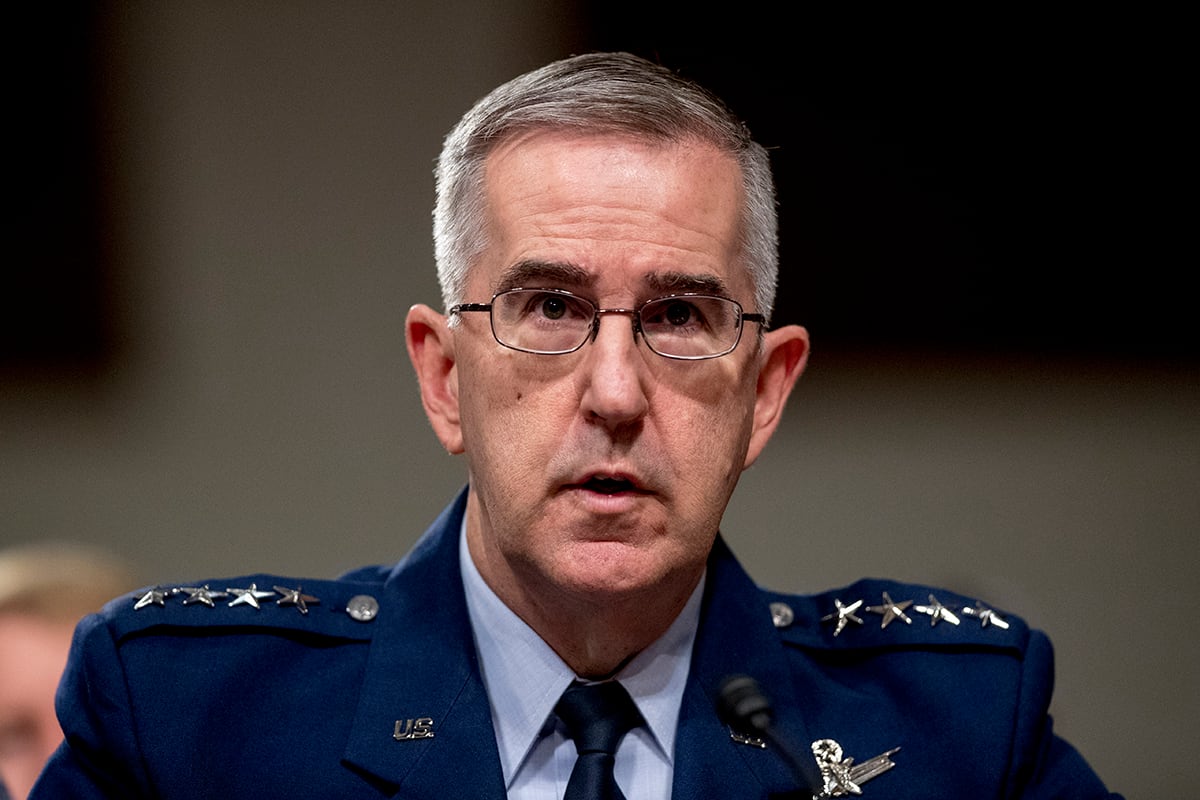WASHINGTON — America’s defense-industrial base remains a global leader, but there are warning signs on the horizon, claims a new study from a leading industry association.
The National Defense Industrial Association gives a “mediocre ‘C’ grade” for the health of America’s defense industry, reflecting “a stressed defense industrial base that is trending negative.” The finding is part of a new “Vital Signs” report, envisioned as the first in an annual series looking at the health of the defense-industrial base.
The report, done in conjunction with government data firm Govini, serves as a follow-on to a White House-mandated report on the same topic, which was released in October 2018.
“The U.S. defense industrial base is better than the rest, but its health and readiness present several areas in need of improvement — even during a time of cyclical expansion,” the report claims. “Flattening budgets and growing international competition for defense-related sales will likely challenge that position going forward.”
In a statement, retired Air Force Gen. Hawk Carlisle, president and CEO of NDIA, said: "The United States and China are locked in a war for industrial supremacy unlike any struggle in our history, which necessitated this report. China is closing the research and development gap the United States narrowly enjoys, so knowing the full measure of the defense industrial base to monitor and counter this rival is paramount for our nation’s continued security.”
Of particular concern is industrial security, such as the protection of intellectual property and ensuring cybersecurity, which NDIA says is deteriorating year over year. Notably, the report comes just days after the U.S. Defense Department formally unveiled its new cybersecurity requirements for defense contractors; however, those requirements will take years to implement.
Another concern is the people who build defense systems, with NDIA putting the size of the defense-related workforce around 1.1 million, “substantially below its mid-1980s peak size of 3.2 million.” A major issue that has been identified in industrial base reports from the Pentagon in recent years concerns the age of that workforce, but NDIA also notes the security clearance process may be turning individuals away from defense-related jobs.
RELATED

But there is plenty of good news for defense contractors in the near term, with major companies raking in billions of dollars in profits every year. Positives for the industry include “the availability of cash assets, the low level of market concentration of total contract award dollars, the relatively low share of total contract award dollars received by foreign contractors, and the high level of capital expenditures,” according to the study.
Demand for U.S. defense goods remains strong both domestically and with allies and partners, with total contract obligations issued by the Pentagon growing from $306.7 billion in 2016 to $368.7 billion in 2018.
“Acquisition expenditures also grew in all categories, rising by 11% for aircraft, ships, and land vehicles; by 33% for electronic and communication equipment; by 35% for weapons and ammunition; by 39% for sustainment; and 23% for knowledge-based services,” the study reports. “In the same way, foreign military sales (FMS) in aircraft, ships, and land vehicles grew by 113% between 2016 and 2018 while related services grew by 100%."
The report can be read in its entirety here.
Aaron Mehta was deputy editor and senior Pentagon correspondent for Defense News, covering policy, strategy and acquisition at the highest levels of the Defense Department and its international partners.








